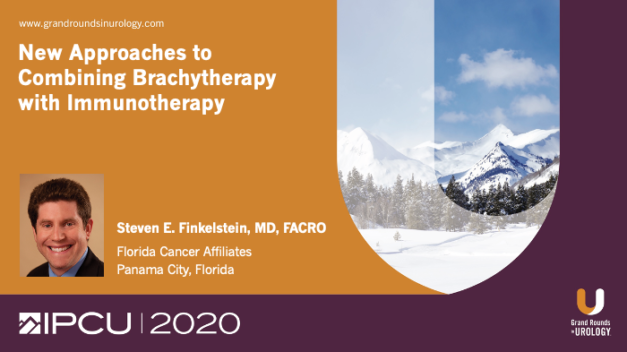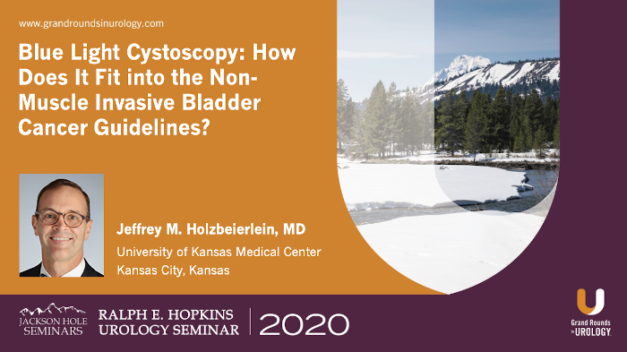Home for Dinner (Part 1 of 2)
Neil H. Baum, MD, clinical professor of urology at Tulane Medical School in New Orleans, Louisiana, discusses the importance of efficiency and how urologists can improve their practice’s efficiency. He highlights why there is a lack of efficiency in most urologic practices which translates into most urologists working so hard that they will miss dinners with their families. Dr. Baum offers five easy to implement solutions for how urologists can improve the efficiency of their practice that will mean they get home for dinner. His solutions include: prioritizing punctuality, utilizing video technology and checklists, improving patient education and finally managing time with pharmaceutical reps.
Read More




